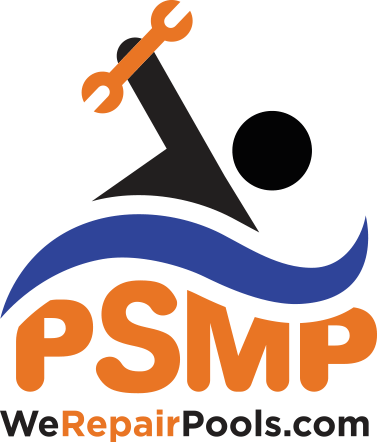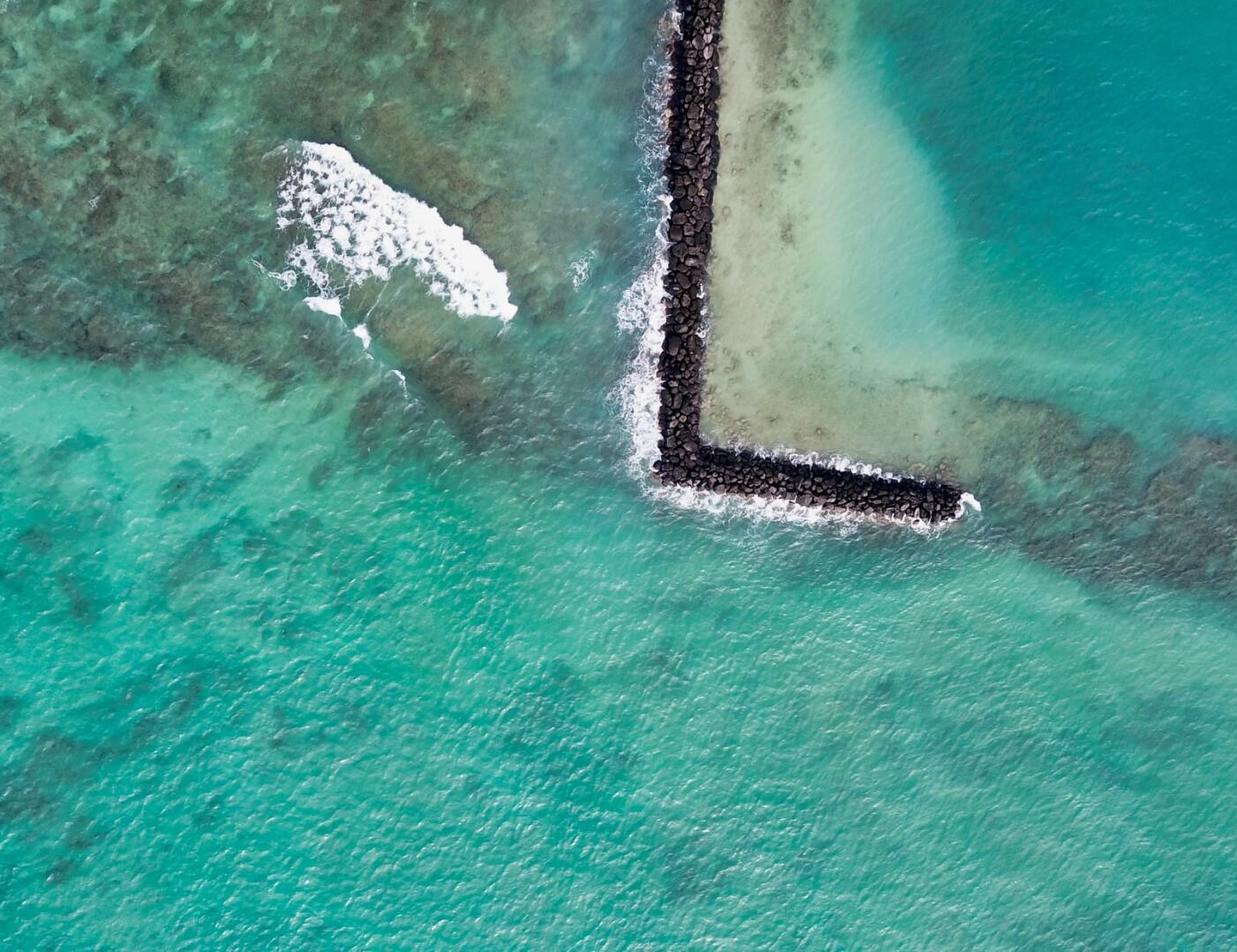Pool Contamination Services
in La Habra, CA
Initial steps for water contamination:
- Close water body to swimmers
- Remove fecal material ASAP
- Remove dead animal ASAP
- Contact Pool Technician
- Closure for duration treatment
Immediate response to water contamination is the key to safety of swimmers. Length of closure for a contaminated water body will vary to allow for adequate disinfecting is based upon on several factors:
- Size of contamination
- Current chlorine level
- Current PH level
Procedures for Fecal/Animal Contamination in Swimming Pools and Spas
SIMPLIFIED VERSION:
Feces – Formed Stool, or Vomitus Clean–Up
- Have everyone exit the pool
- Remove the fecal matter from the pool and dispose of matter in an approved manner –– do not use an in–line vacuum system
- Disinfect the skimmer net or vacuum used to remove the fecal matter
- Raise the free available chlorine level to minimum of 2.0 ppm and maintain for at least 30 minutes to inactivate the pathogen –– longer if the water is stabilized
- Maintain pH between 7.2 and 7.5
- Continue filtration and uniform circulation
- Log the incident and clean–up procedures
Diarrhea or Dead Animal Clean–Up
- Have everyone exit the pool
- Remove the fecal matter/dead animal from the pool and dispose of matter in an approved manner –– do not use an in–line vacuum system
- Disinfect the skimmer net or vacuum used to remove the fecal matter
- Raise the free available chlorine level to 20 ppm FAC and maintain for at least 12 hours and 45 minutes (765 minutes x 20 ppm = 15,300 CT) to inactivate the pathogen –– longer if water is stabilized
- Maintain pH between 7.2 and 7.5
- Continue filtration and uniform circulation
- Backwash the filters and/or replace filter media or elements prior to reopening the pool
- Reduce the FAC level to less than 5 ppm
- Log the incident and clean–up procedures
DETAILED VERSION:
Solid Fecal (formed stool) Contamination: * Clear the pool of bathers and prepare to close the pool, or affected area of a large pool, for at least one hour. * Remove fecal material and dispose of properly. Do not use the pool vacuum system to remove the material. * “Shock” chlorinate the pool, or the affected area of a large pool. * Check and record the free chlorine residual. Maintain a minimum of 1.0 parts per million (ppm or mg/L) for at least one hour or 2.0 ppm for at least 30 minutes. * Check and record pH, and maintain between 7.2 and 7.5 for the entire period of treatment. * If the pH and free chlorine levels are maintained as above, the pool may be reopened
Disinfect for Giardia For example, to determine the length of time needed to disinfect a pool after a stool accident at 15 ppm, use the following formula: C x T = 45. Solve for time: T = 45 ÷ 3 ppm = 15~20 minutes. It would take 15~20 minutes to inactivate Giardia at 3 ppm.
CHLORINE LEVEL (ppm) // DISINFECTION TIME
1.0 __________________ 60 min
2.0 __________________ 30 min
3.0 __________________ 20 min
NOTES: Based on water being pH 7.5, 77°F without Stabilizer/Conditioner in water. Modify times if these conditions are not met.
Many conventional test kits cannot measure free chlorine levels this high. Use chlorine test strips that can measure free chlorine in a range that includes 20 ppm (such as those used in the food industry) or make dilutions with chlorine-free water when using a standard DPD test kit.
* VACUUM NG STOOL FROM THE POOL S NOT RECOMMENDED, net only and sanitize net afterwards. * Filter(s) should be backwashed after the disinfection period has completed. * Pool/spa can be reopened after chlorine falls back below 5.0 ppm
Vomit In the event of a patron vomiting the full contents of their stomach into the pool, the pool operator should follow the recommended procedures for solid fecal matter.
Blood The Centers for Disease Control and Prevention (CDC) has not found any indication of blood borne diseases such as Hepatitis B or HIV being transmitted to swimmers from a blood spill in a swimming pool. In a properly chlorinated pool, these germs do not survive long. There is no public health recommendation to close a pool after a blood spill. However, some pool operators may choose to do so temporarily to satisfy their patrons.
Unformed Fecal Contamination: Unformed or diarrhea material is an indication that a person with an infectious disease of the digestive tract has used the pool. Some parasites such as Cryptosporidium or Giardia can be resistant to lower concentrations of free chlorine. As such, higher levels should be used to ensure that these infectious agents are neutralized.
* Clear the pool of bathers and prepare to close the pool. * Remove any visible fecal material, including from skimmers and gutters. Do not use the vacuum system to remove the material. * Chlorinate the pool to at least 10 ppm for at least 16 hours. * A different free chlorine level and time period may be used according to Table 1 below, so long as the Concentration Time * Factor (CT) is 9600*. Examples of other residual levels and time periods are given in Table below.
Disinfect for Crypto: For example, to determine the length of time needed to disinfect a pool after a diarrheal accident at 15 ppm, use the following formula: C x T = 15,300. Solve for time: T = 15,300 ÷ 15 ppm = 1020 minutes or 17 hours. It would take 17 hours to inactivate Crypto at 15 ppm.
CHLORINE LEVEL (ppm) // DISINFECTION TIME
1.0 __________________ 15,300 min (255 hours / 10.63 days)
10.0 __________________ 1,530 min (25.5 hours / 1.06 days)
20.0 __________________ 765 min (12.75 hours / 0.53 days)
* Check and record the free chlorine residual throughout the enhanced treatment period. * Check and record pH, and maintain between 7.2 and 7.5 throughout the enhanced treatment period.
* If Cryptosporidium contamination is a concern, backwash the filters and disinfect them with a solution of at least 20 ppm of chlorine. * Before putting the pool back into use, verify that the free chlorine residual does not exceed 5 ppm.
Fecal Contamination of Spas and Hot Tubs * Clear the spa or hot tub of bathers. * Drain the tub. * Sanitize the basin with a disinfectant. * Backwash the filters to the sewer and disinfect them with a solution of at least 20 ppm of chlorine. * Refill the tub and reopen.
* CT is determined by multiplying the time period in minutes times the concentration of the free chlorine residual. For example, maintaining 10 ppm of free chlorine for 16 hours (960 minutes) yields a CT = (10 ppm) X (960 minutes) = 9600.

